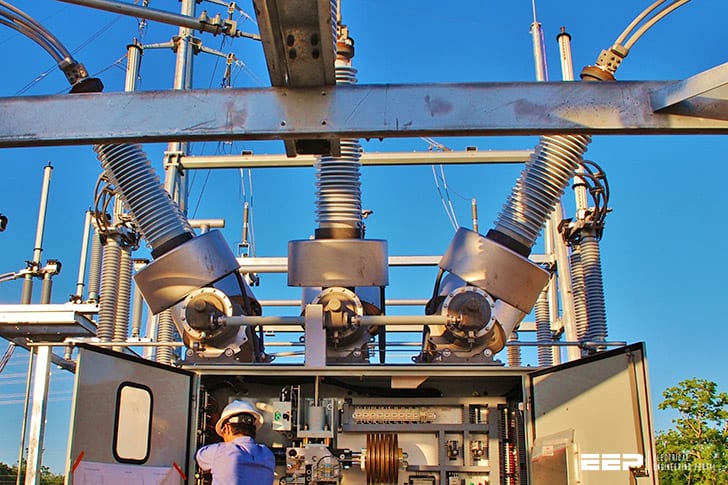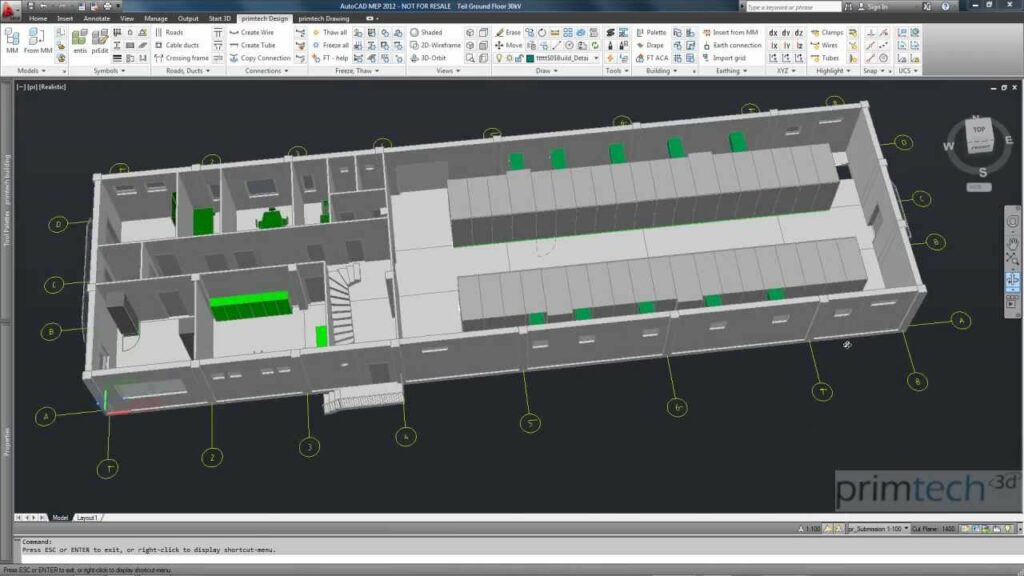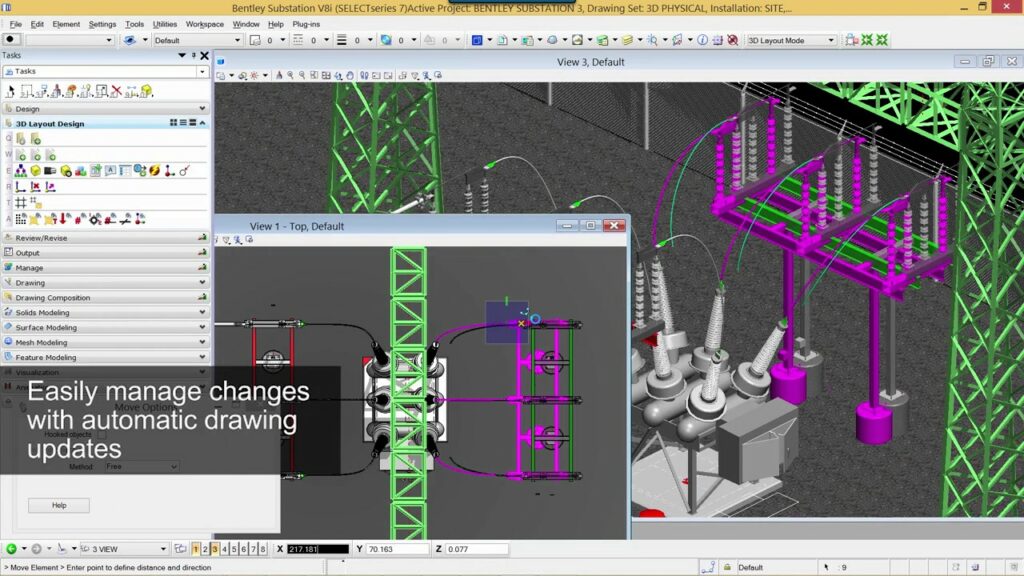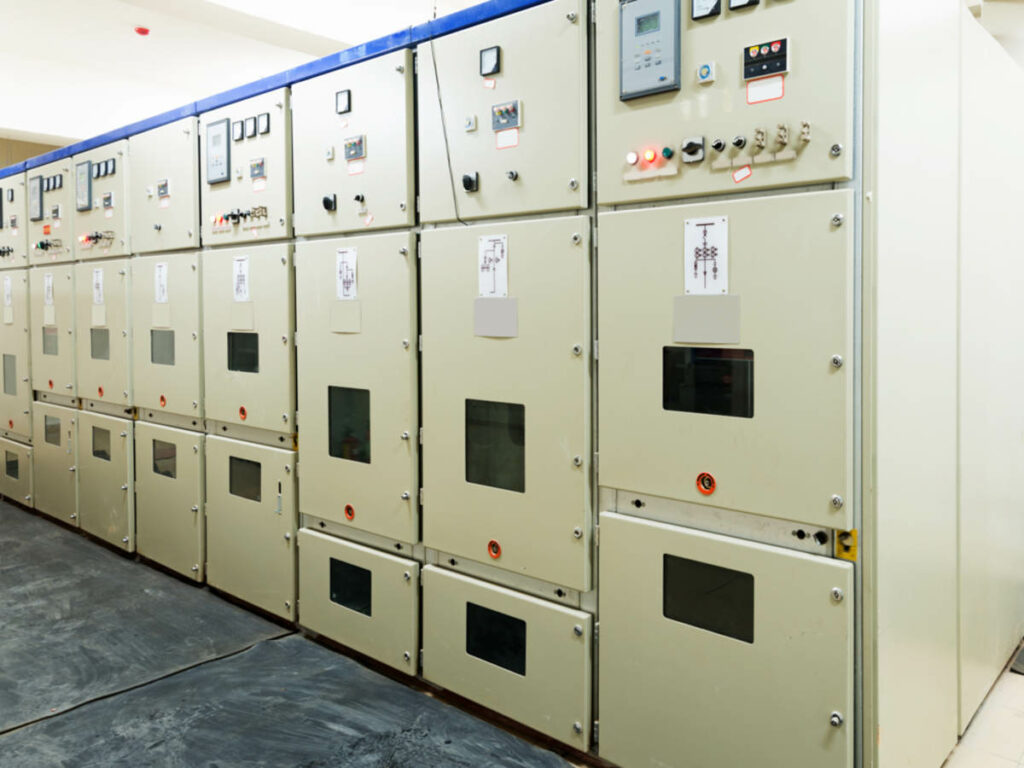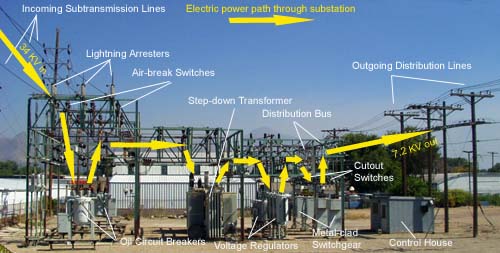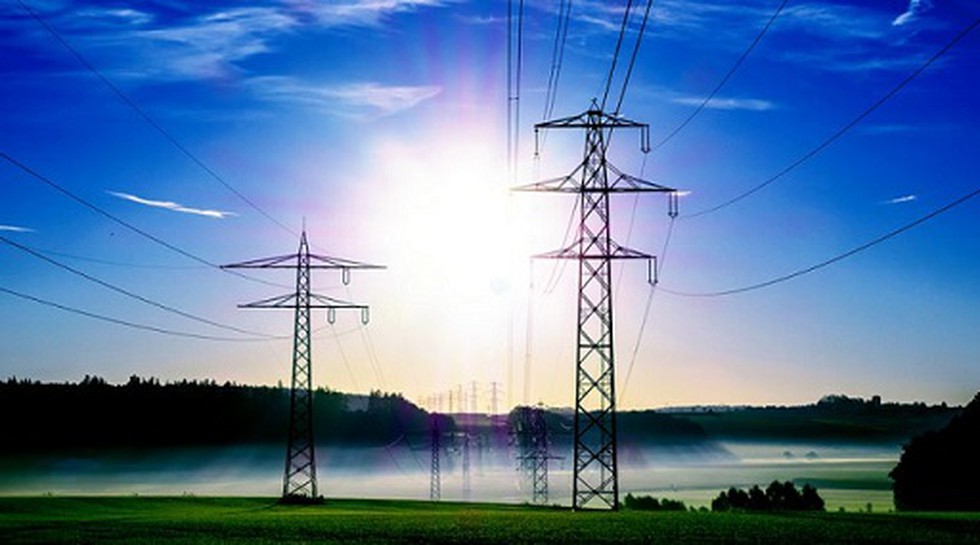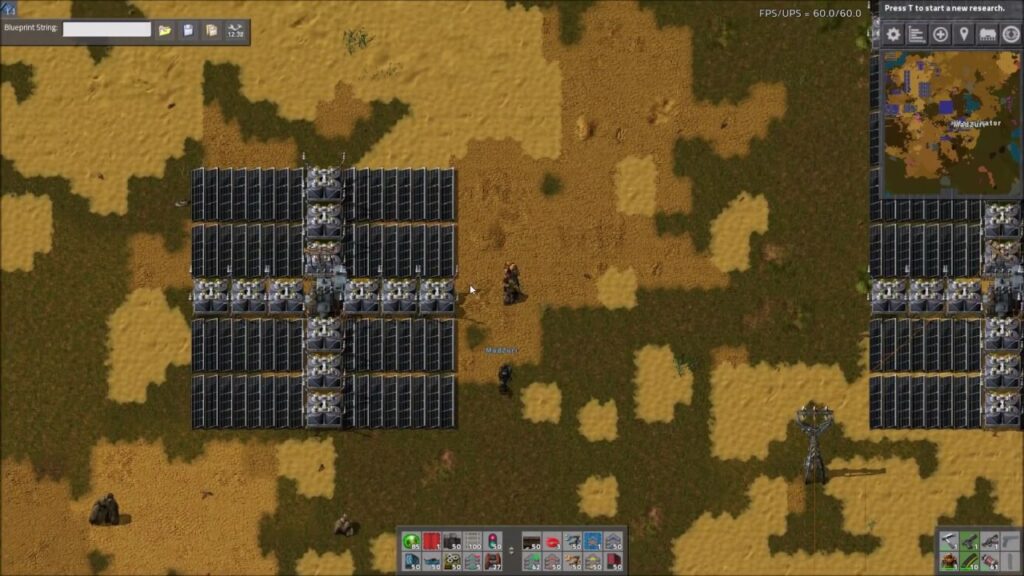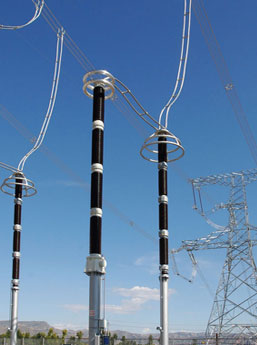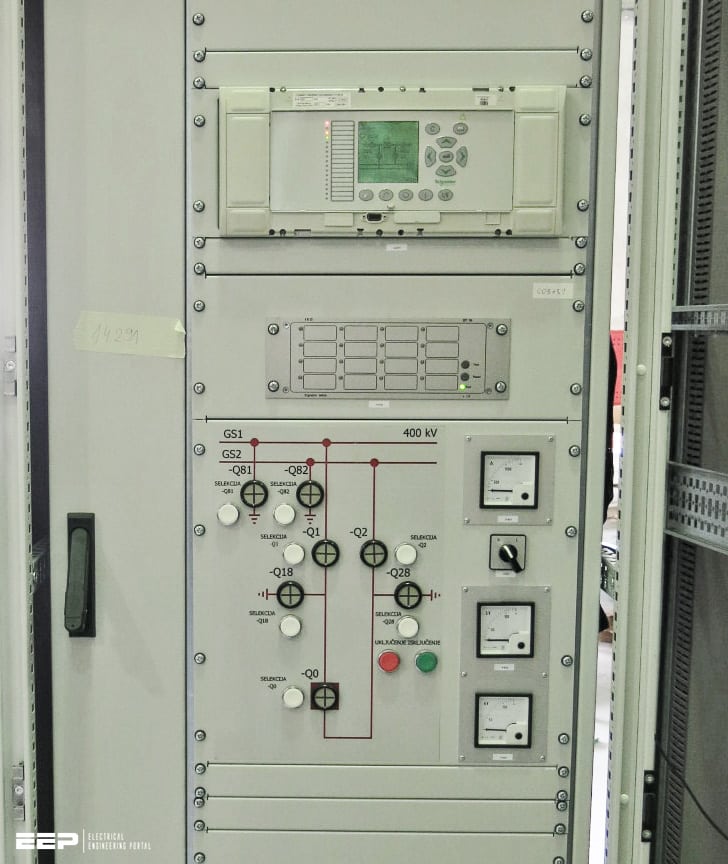How to Check Substation Equipments
To check substation equipment, you will need to first identify the type of equipment you are dealing with. Next, you will need to find the manufacturer’s name and model number. Once you have this information, you can contact the manufacturer and ask for specific instructions on how to properly check their equipment. Check for any […]
How to Check Substation Equipments Read More »

